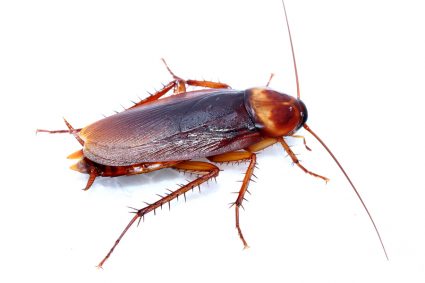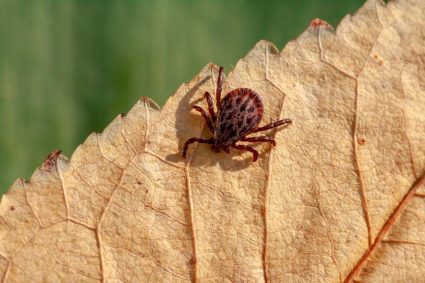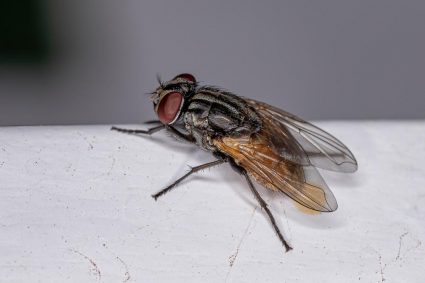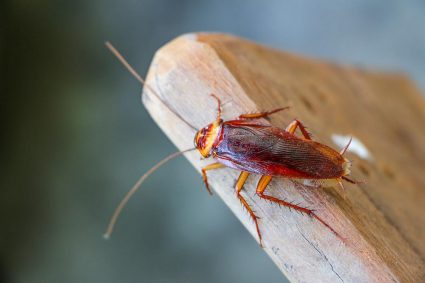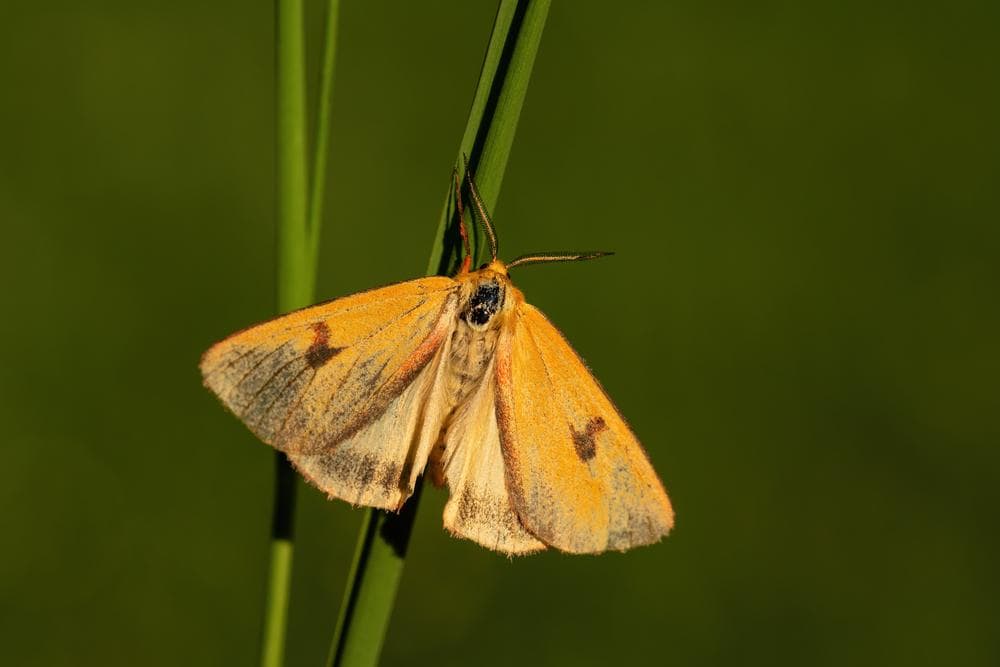
Catching a moth may seem like an easy task, but it requires a certain level of skill and knowledge to do it effectively and without causing harm to the moth. In this comprehensive guide, we will explore different methods of catching moths, the best times and locations to find them, and the precautions to take for the safety of both the person and the moth.
Catching a moth involves the use of tools such as a moth trap, a net, or a DIY trap using dish soap, water, a bowl, and a light source. The best times to catch moths are mild, cloudy, and still nights, especially during summer months. Always handle moths gently to avoid damaging them and release them outdoors after catching. Avoid placing traps in high-traffic areas or near direct light and drafts.
Understanding Moths
Before we delve into the various ways to catch a moth, it’s essential to understand these fascinating creatures. Moths are a group of insects related to butterflies and belong to the order Lepidoptera. There are over 160,000 different species of moths found worldwide, including the Hummingbird Clearwing Moth, Fall Webworm Moth, Cecropia Moth, Brown House Moth, and more. They can be found in a wide range of habitats, such as seaside areas, mountain tops, salt marshes, mangroves, sand dunes, lowland forests, wetlands, grasslands, and even gardens.
Essential Tools for Catching Moths
To catch a moth, you will need several tools. These include a moth trap, cardboard egg boxes for shelter, a moth identification guide, and temporary holding pots for examining moths. Optional tools that can be helpful include nets, beating sheets and cards, vacuum devices, and light sources.
Methods of Catching Moths
There are several methods you can use to catch moths, each with its own level of effectiveness. These methods include:
- Moth Traps: The easiest way to catch adult moths is by using moth traps, which attract active adult male moths using powerful female pheromones on a sticky strip surface.
- Light Traps: Moth traps that use light to attract moths are also effective. You can purchase a light trap or make one yourself.
- Manual Capture: If you spot a moth in your house, you can try to catch it manually using a net or a container.
- Moth Bait: You can also make moth bait by mixing beer or apple cider with sugar, molasses, and over-ripe bananas.
- DIY Moth Trap: Another option is to create a simple DIY moth trap using dish soap, water, a bowl, and a light source.
Best Times and Locations to Catch Moths
Moths are generally more active during mild, cloudy, and still nights, especially in the summer months when there is a greater variety of species. They can be found in various locations, including gardens, urban parks, and even in the busiest cities.
Precautions for Safety
It’s crucial to handle moths gently to avoid damaging their wings and to release them outdoors once you’ve caught them. Avoid using moth repellents near moth traps as they can cancel out their effectiveness. Also, ensure to clean garments thoroughly before storing them to prevent moth infestation.
Common Mistakes to Avoid
Some common mistakes people make when trying to catch a moth include placing traps in high-traffic areas or near direct light and drafts, not moving traps if they are not catching moths, and not regularly inspecting and cleaning susceptible items and areas.
Remember, catching a moth requires patience and respect for these delicate creatures. With the right tools and techniques, you can successfully catch moths without causing them harm. Happy moth hunting!
Frequently Asked Questions
What is the purpose of the cardboard egg boxes in moth trapping?
Cardboard egg boxes are used in moth traps to provide shelter for the moths. They create a dark and secure environment that is ideal for the moths to rest during the day.
Can I use any type of light for a light trap?
Not all lights are equally effective in attracting moths. The best types of light to use are UV or mercury-vapor lights, as these emit a broad spectrum of light that attracts a wide range of moth species.
Why do moths get attracted to light?
The exact reason is unknown, but a popular theory is that moths use natural light sources, like the moon, for navigation. Artificial lights confuse them and they end up circling around them.
How often should I check my moth trap?
It’s best to check your moth trap every morning. This is because most moths are nocturnal and will be attracted to the trap during the night.
Can I catch rare or endangered species of moths?
While it’s possible to catch rare or endangered species of moths, it’s important to remember that they are protected by law in many areas. If you accidentally catch a protected species, it’s best to release it immediately and report the sighting to your local wildlife agency.
Are moths harmful to humans?
Most moths are harmless to humans. They do not bite or sting. However, some people may experience allergic reactions to certain types of moths or their caterpillars.

